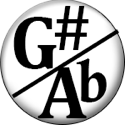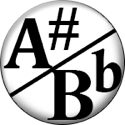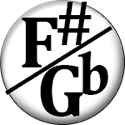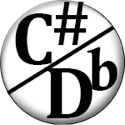Improvisation in a Minor Key
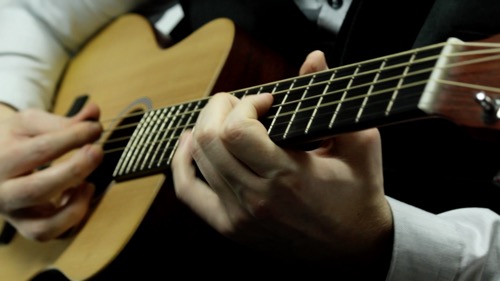
Hi. This is Hub Guitar.
Let's talk about improvisation in the minor key.
Compared to the major key, the minor key has a special feature. Some of its notes are flexible.
In most genuine minor key music, the seventh degree of the scale can appear as either a minor seventh or a major seventh. It appears as a major seventh when it is functioning as the third note of the V chord. This changes the V chord in the minor key from a chord that would otherwise be minor into a major chord, and gives it a bit more weight when it resolves to the I. If you think about the notes in E natural minor, we have E, F, G, A, B, C, D. The V chord of E minor is B, D, F sharp. So to give it a bit more weight, we'll change that D into a D#, but only for the sake of this chord. Now we've got an B major and we can resolve to the E minor chord in a better way.
In addition, other notes in the minor key can have a bit of flexibility too, but we're going to concentrate on this one for now.
So the key to improvising in the minor key is to figure out if it's got the V chord bringing in that raised seventh note. And if so, during that chord only, we'll play the harmonic minor scale. The rest of the time we'll play the natural minor scale.
Now we'll try that over a backing track. The first part of the loop is going to be in E natural minor, and the second is in harmonic minor note. So I'm going to play a really simple lick in natural minor, and when we get to the V chord, I'll play the same lick but I'll raise the 7th to match the new chord. Suddenly, it'll really sound like I know what I'm doing!
Alright! Applying this idea is going to give your playing more impact when dealing with minor keys. It will no longer be a mystery to you whether to play harmonic minor or natural minor. And just doing that can make a really big difference in your improvisation.
The minor scale is very common in music, second only to the major scale.
The minor scale brings with it new chords, and more interesting harmony. That’s partly because unlike the major scale, which has seven fixed notes, some of the notes in the minor scale have an interesting way of varying a little bit.
E minor scale, root on 5th string
You may be familiar with the minor scale. Play it up and down a few times to make sure that you’ve gotten it underneath your fingers. We’ll be playing the scale in E.
Harmonic Minor Scale
When the V7 chord appears in minor music, the third of the chord is usually raised to become the leading toneThe note one half step below the root of a key. So-called because it tends to “lead” back to the root of the key by way of half step resolution., a note not in the minor scale above. At this moment in the music, the improviser will also play this tone (7 instead of ♭7) or avoid the use of 7 altogether. Practice this new scale, counting up to 7 to make sure that you understand which note is the seventh and how it becomes raised.
E harmonic minor scale, root on 5th string
Backing Track: E Minor Jam
The backing track is in E minor and consists of drums, bass, guitar, piano and synth.
The chords are Imin, IV-7, V-7, V7.
Minor Key Improvisation Exercises
- Improvise through the progression using the E minor pentatonic scale.
- Improvise using the E Natural Minor scale.
- Improvise using the E Harmonic Minor scale.
- Improvise using both the natural minor and harmonic minor, switching to the harmonic minor when the V7 chord arrives at the end of the last measure.
 As the creator of Hub Guitar, Grey has compiled hundreds of guitar lessons, written several books, and filmed hundreds of video lessons. He teaches private lessons in his Boston studio, as well as via video chat through TakeLessons.
As the creator of Hub Guitar, Grey has compiled hundreds of guitar lessons, written several books, and filmed hundreds of video lessons. He teaches private lessons in his Boston studio, as well as via video chat through TakeLessons.




